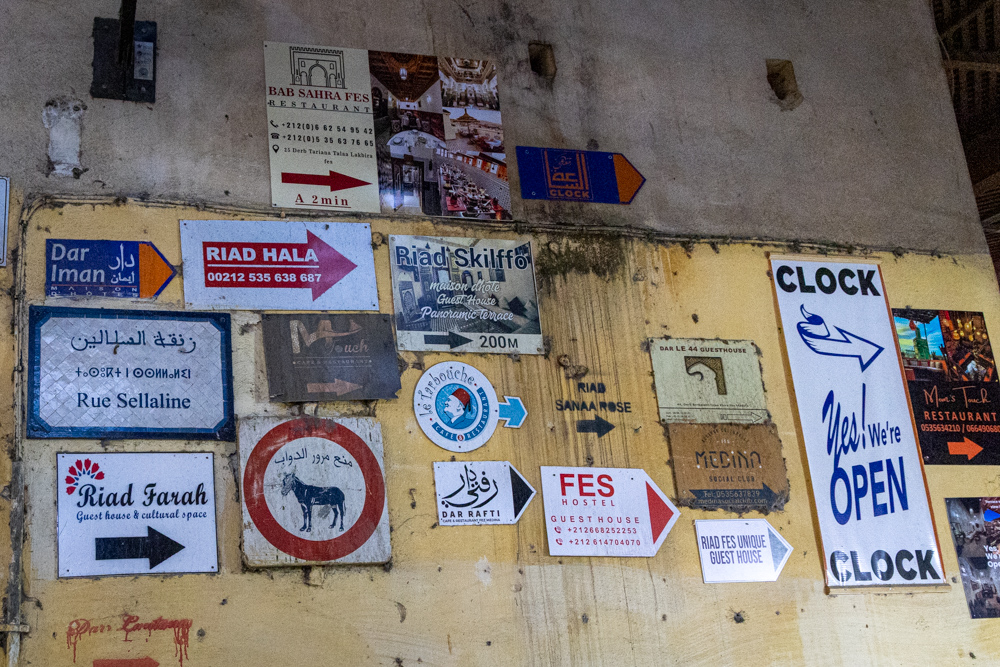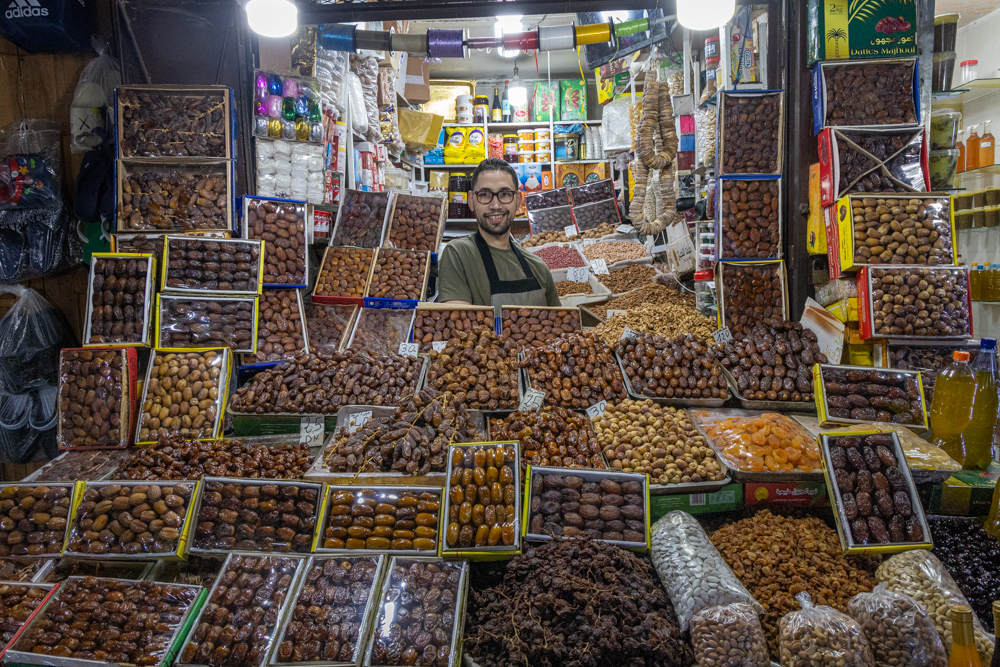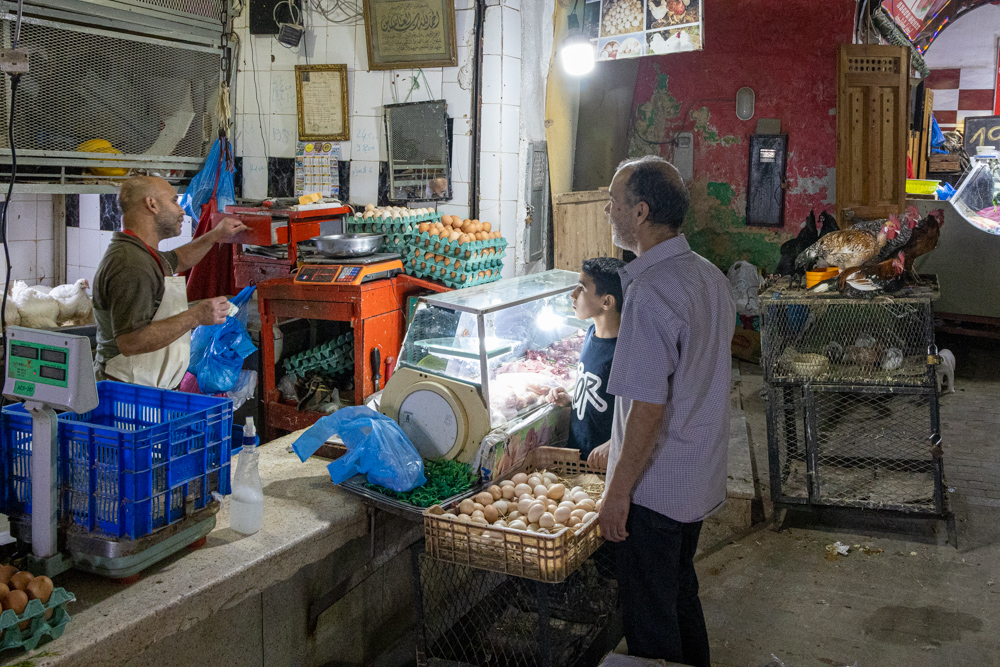Tuesday - 1 November 2022 -
Today we explored the Fez Medina well into the evening.
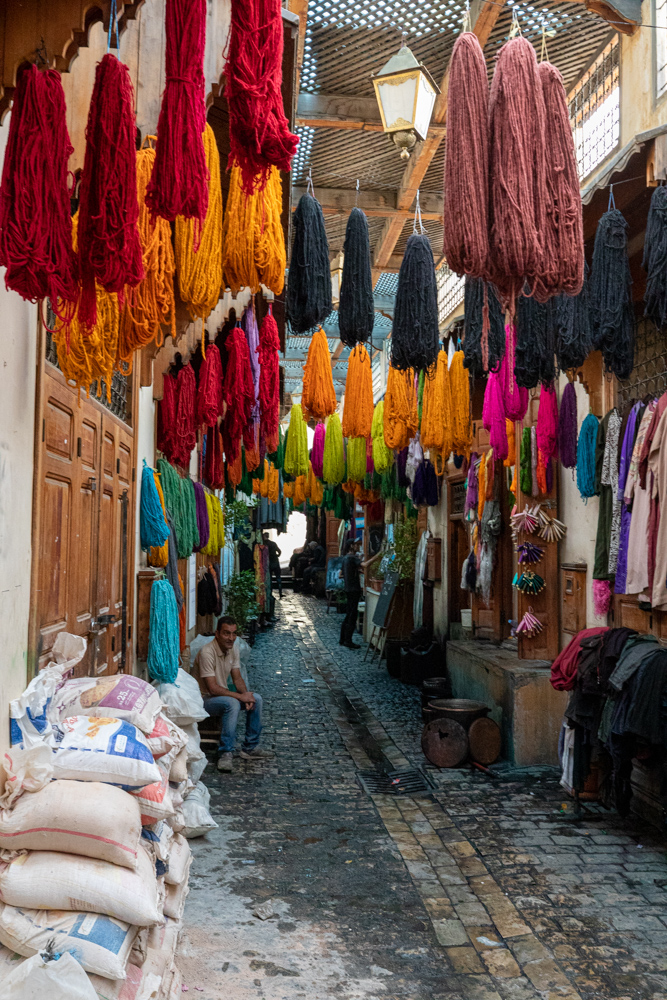


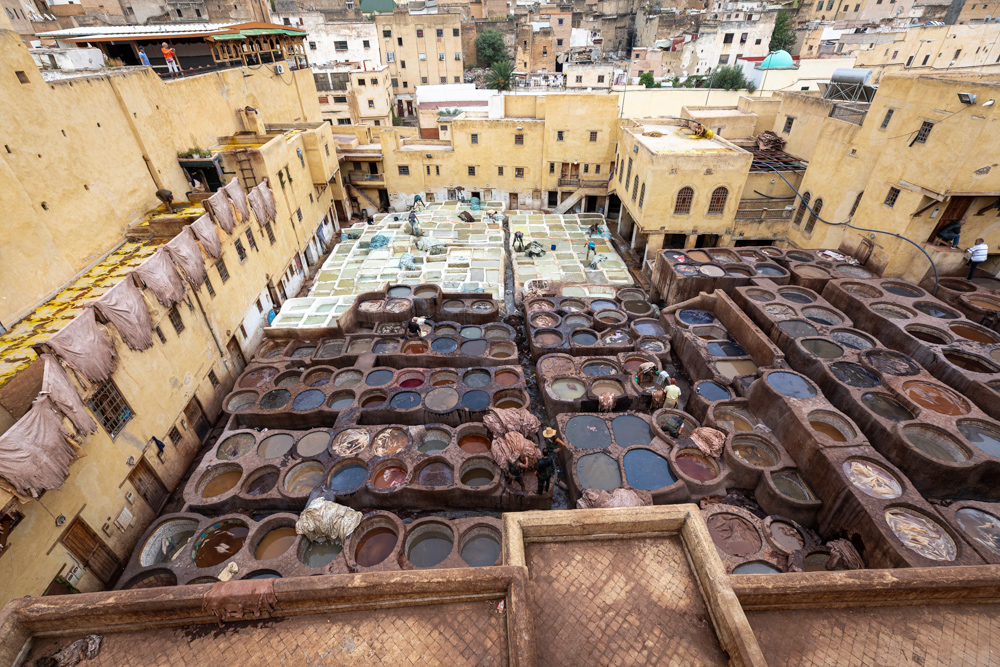
The tannery is broken into two areas - the softening (the white vats) and the dyeing vats.
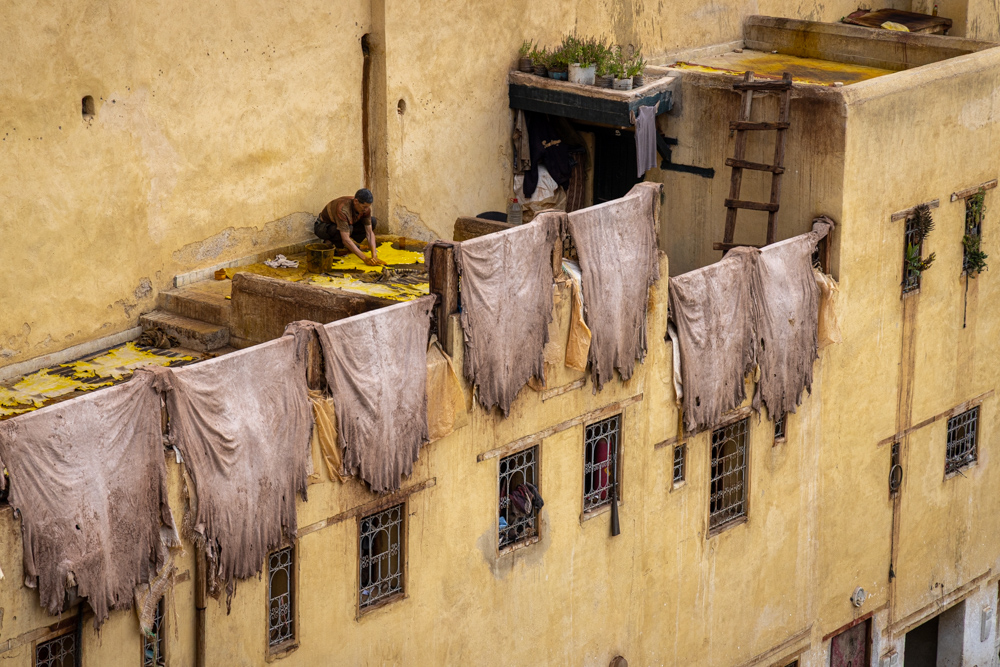
Large skins hang to dry off the building.

Here a worker is taking hides out of a dyeing vat.

This was a big reason for the mint sprigs - it was very odoriferous.
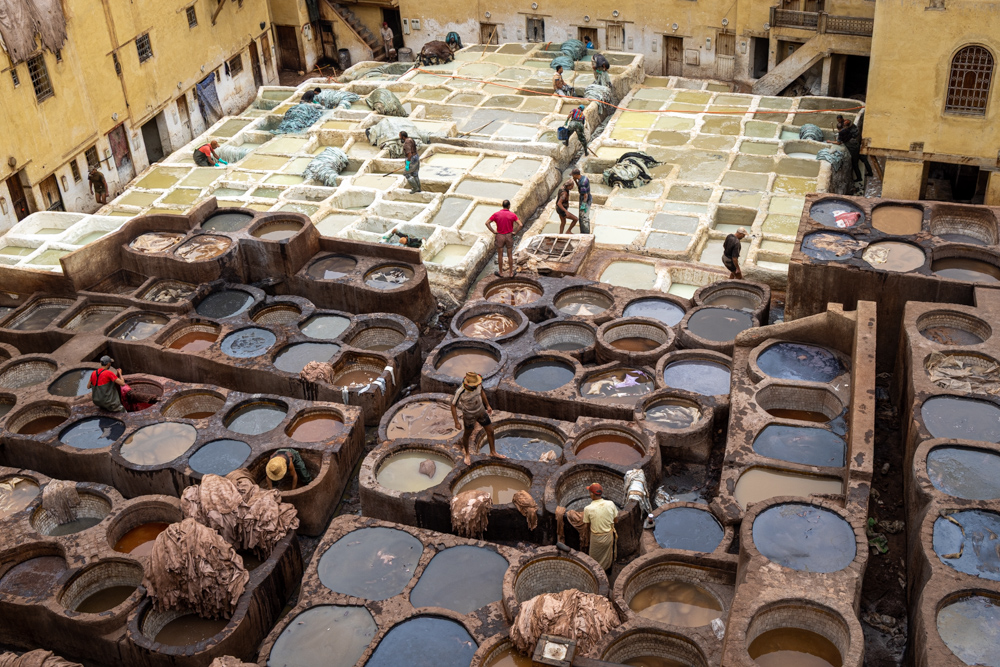
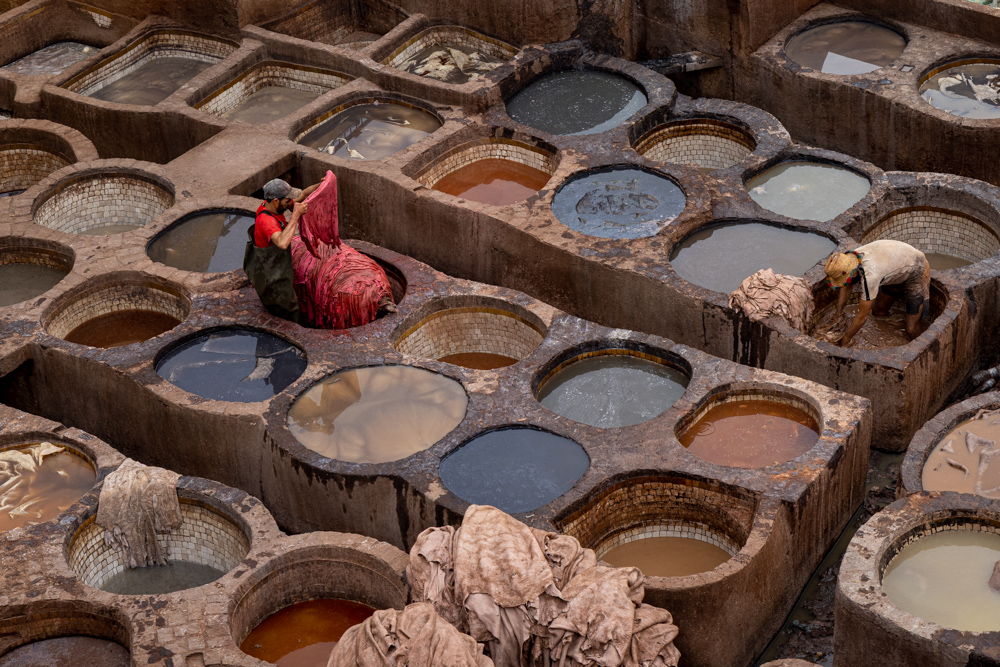
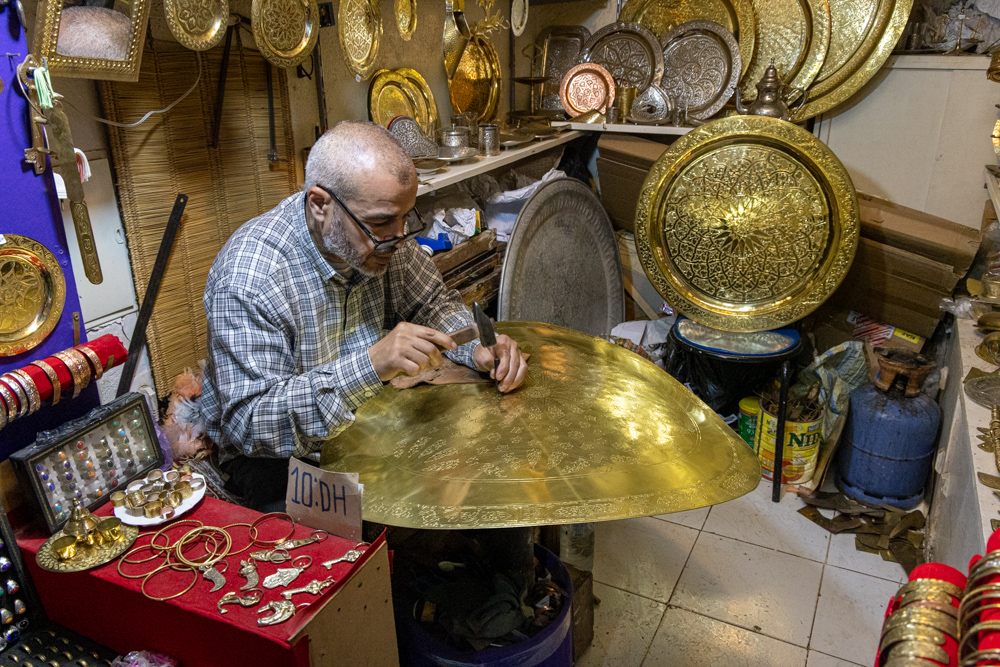
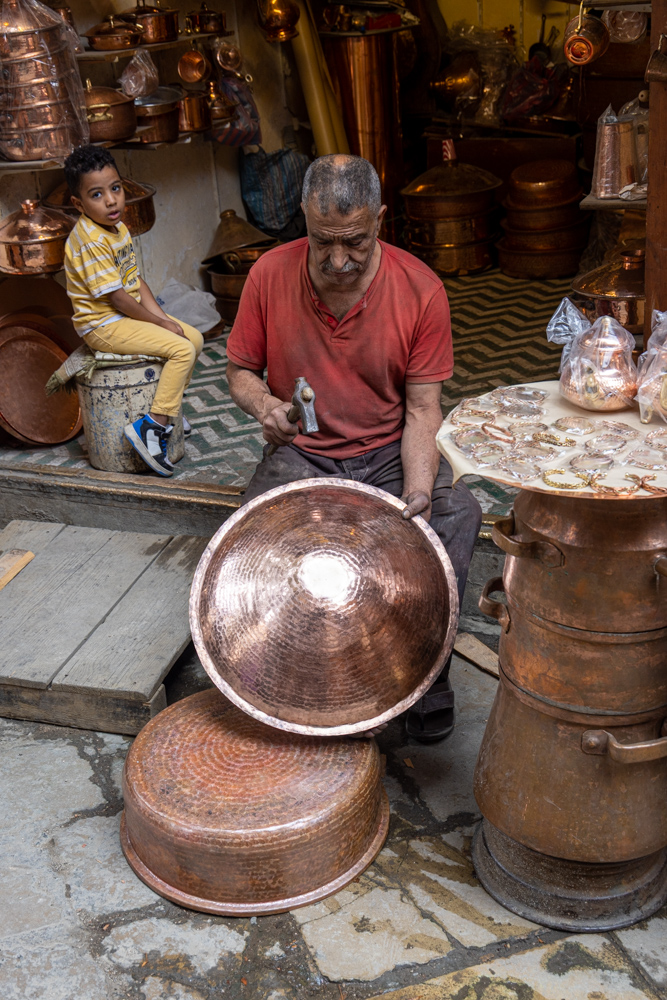

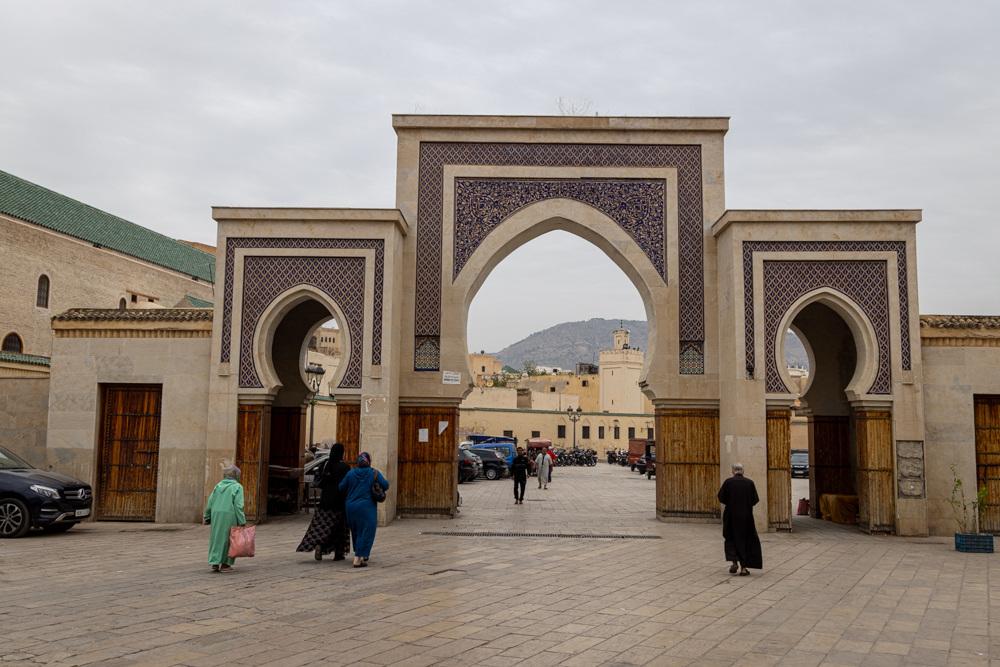
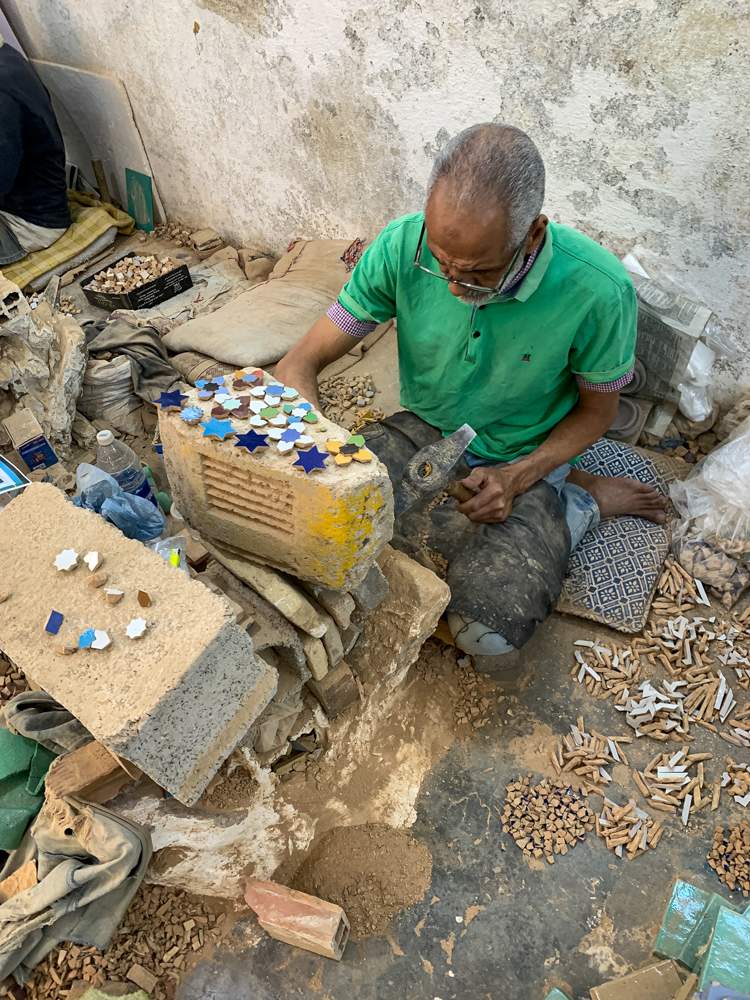


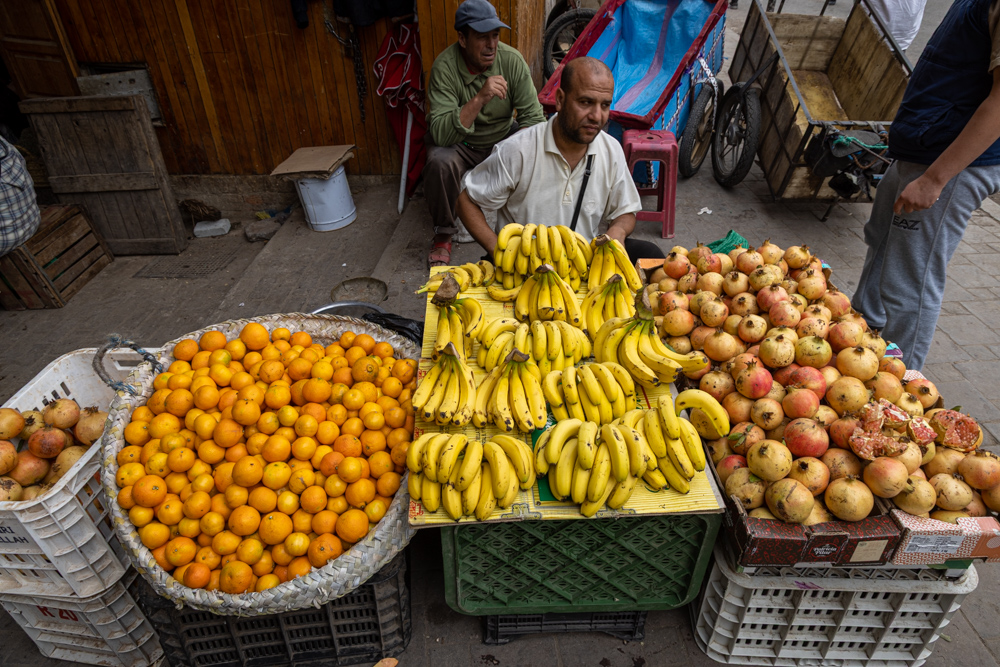
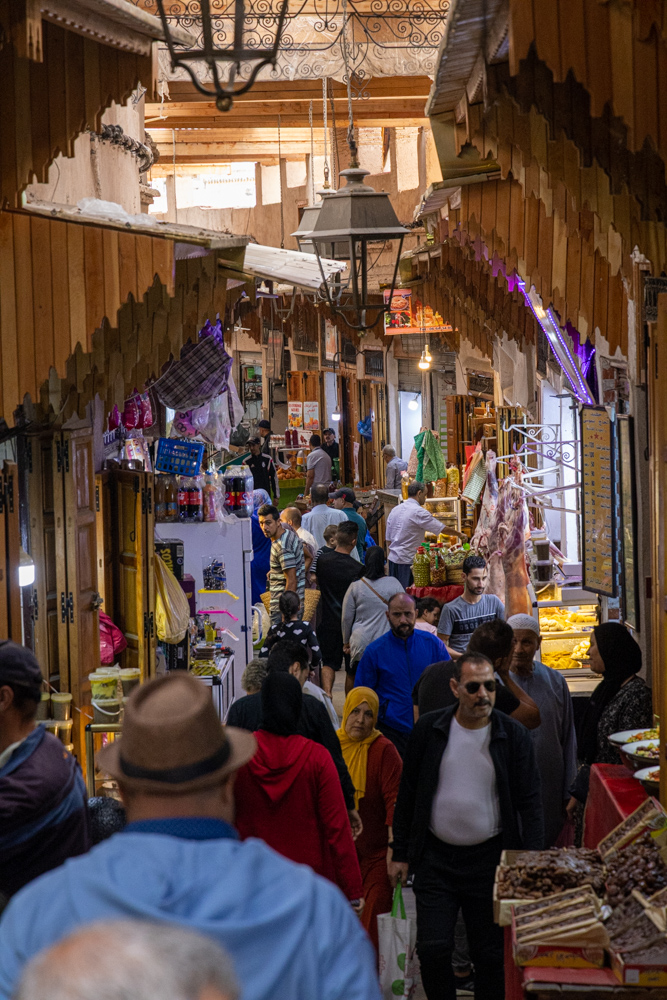
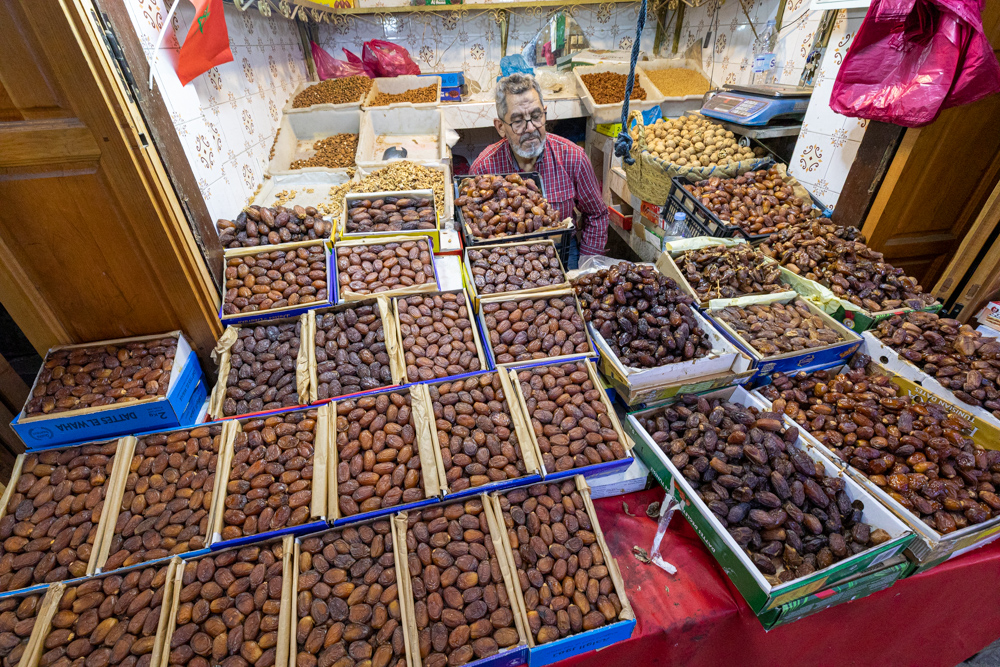

Humans have raised olives for 100,000 years on the coast of Morocco.
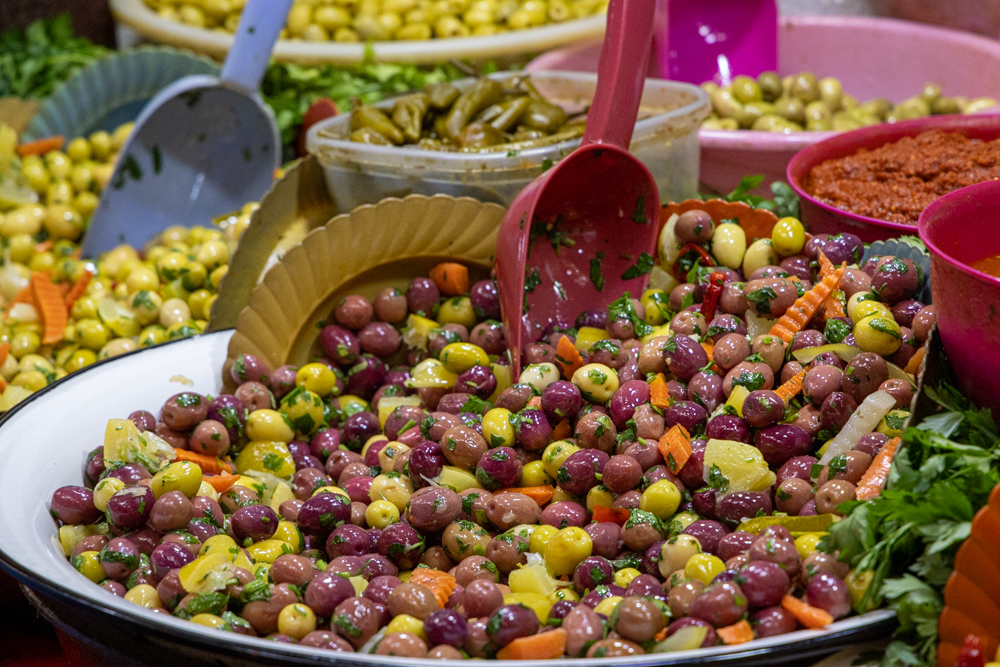
Morocco is the sixth-largest producer of olives in the world.
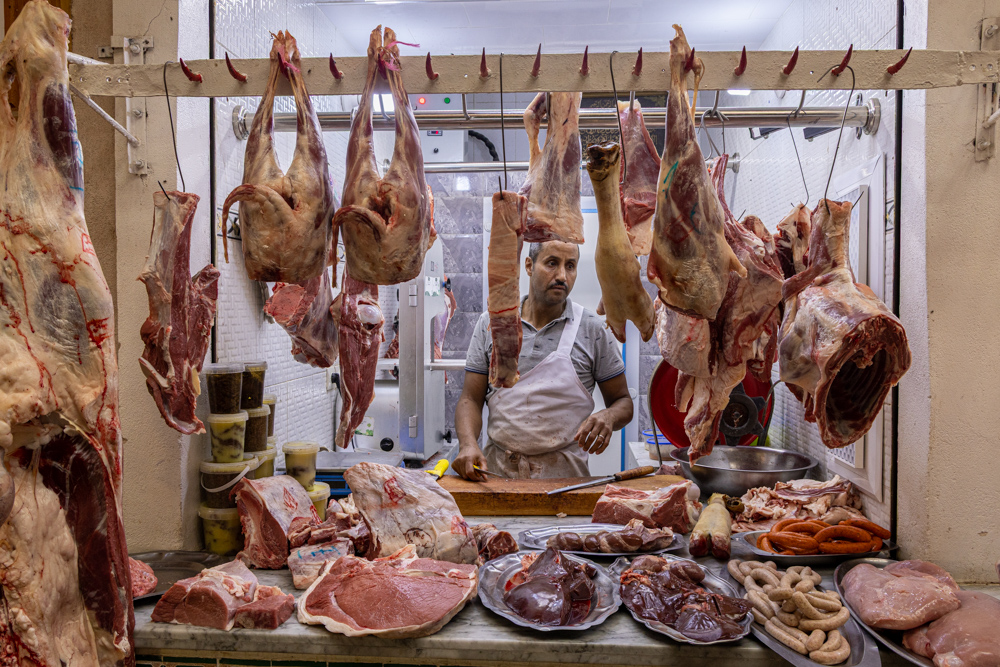

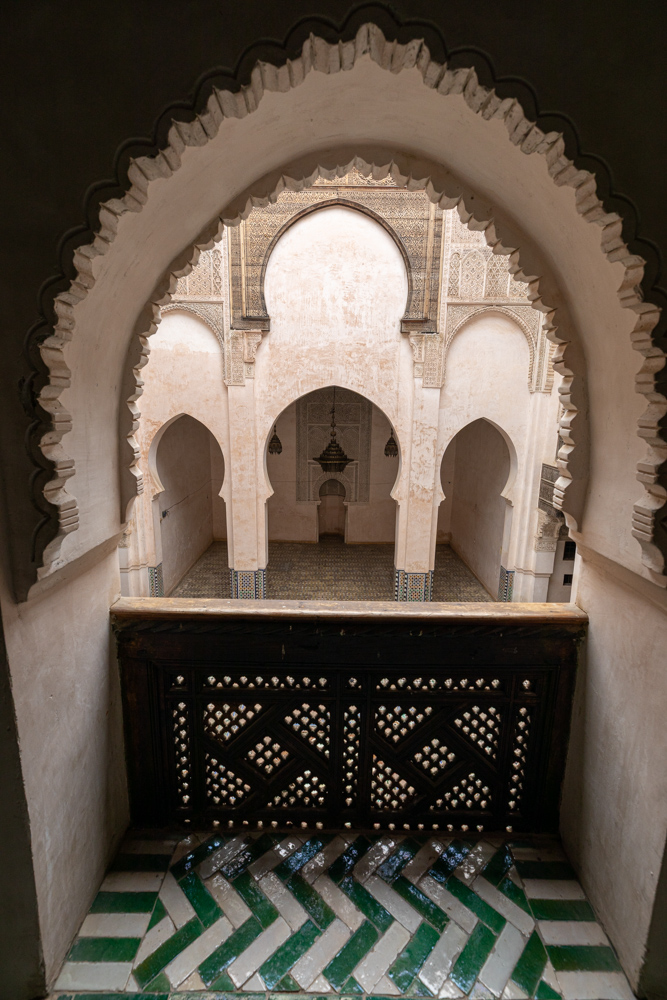
There were rooms where they provided accommodations for students, particularly those from outside Fes. Many of these students were poor, seeking enough education to gain a higher position in their hometown, and the madrasas provided them with lodging and food.
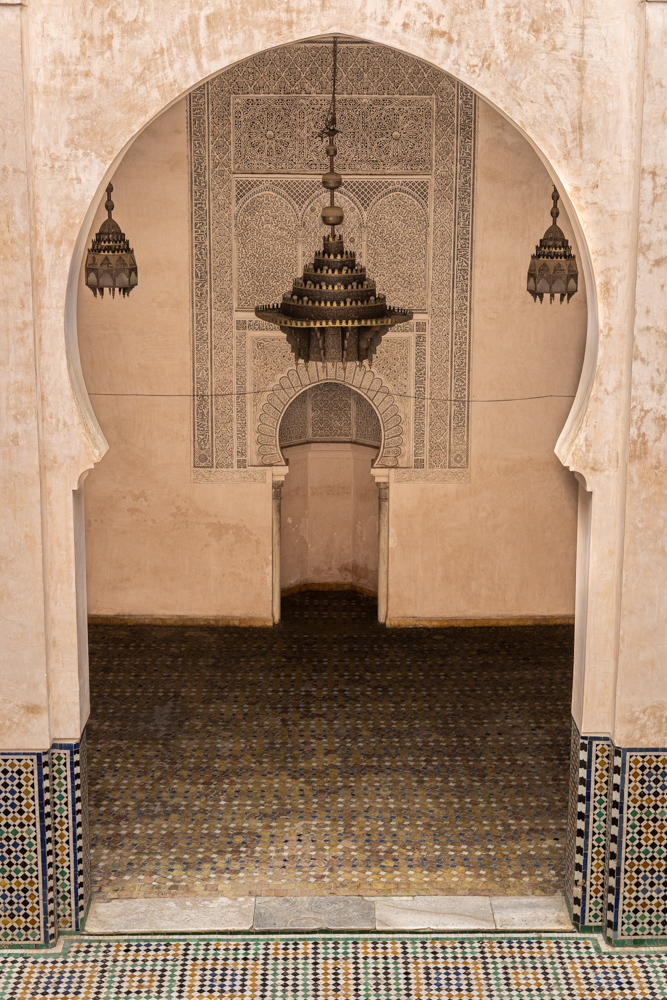
The prayer hall with beautiful tile work.
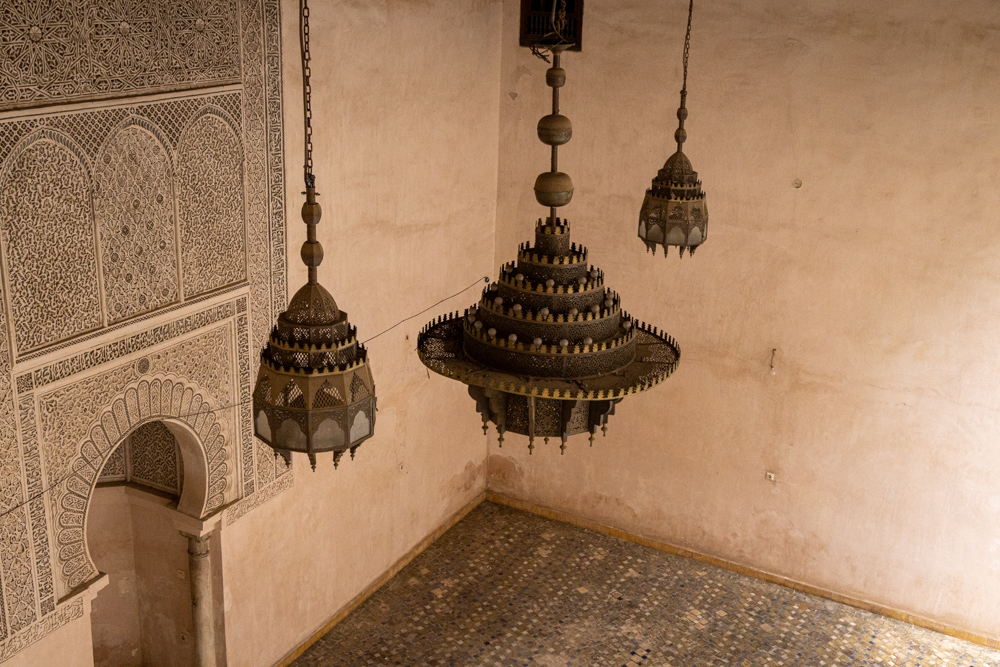
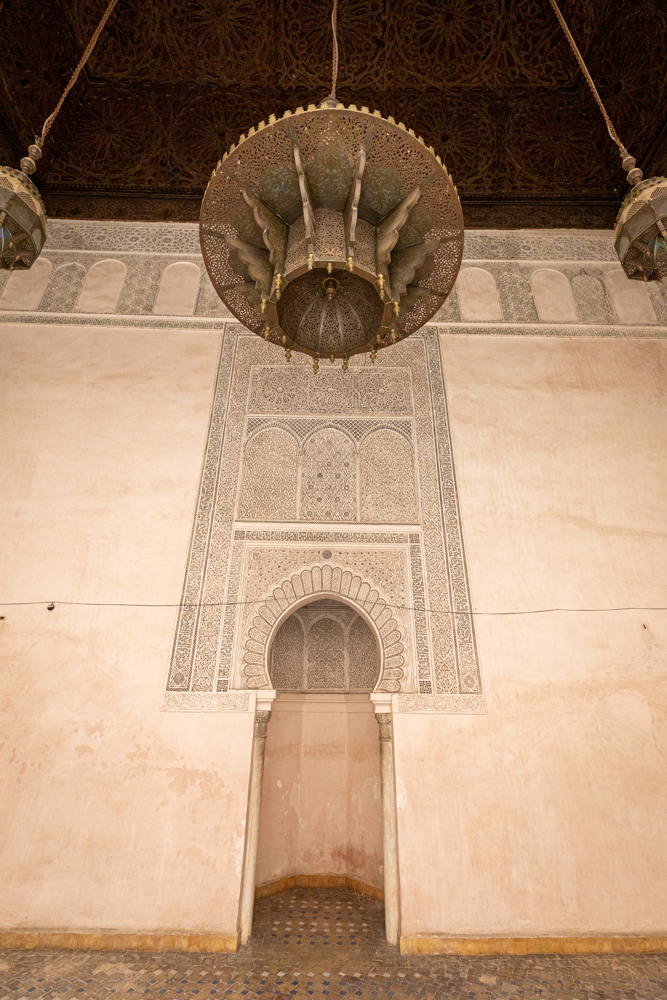

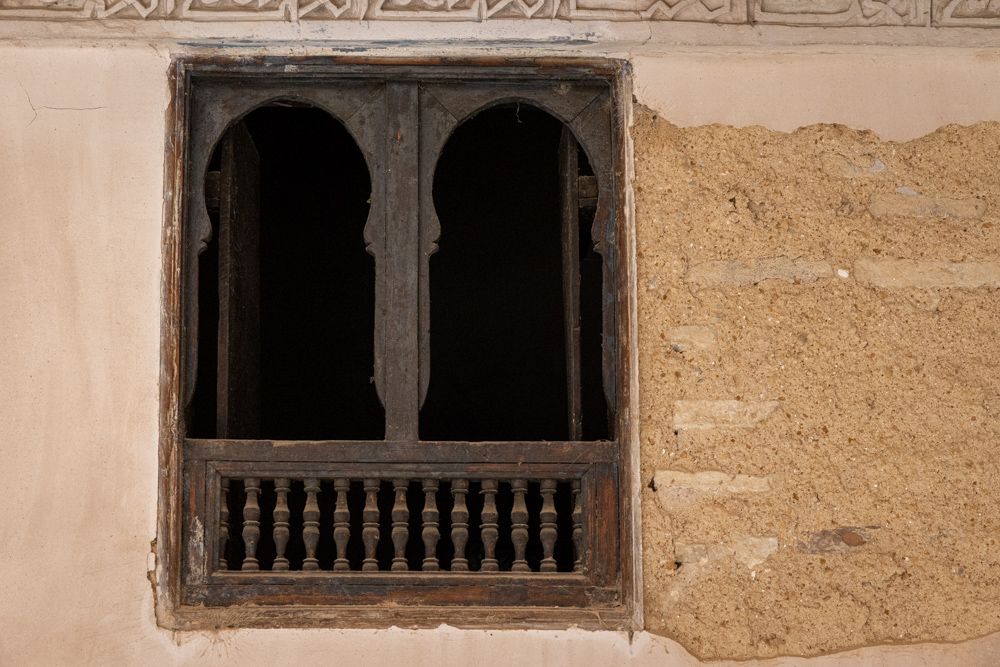
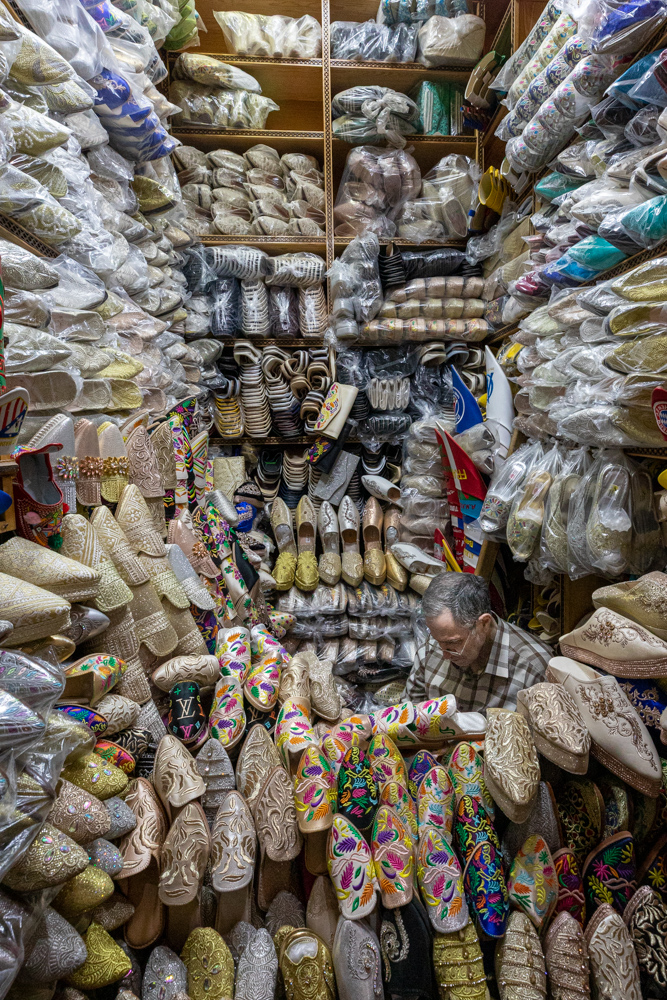
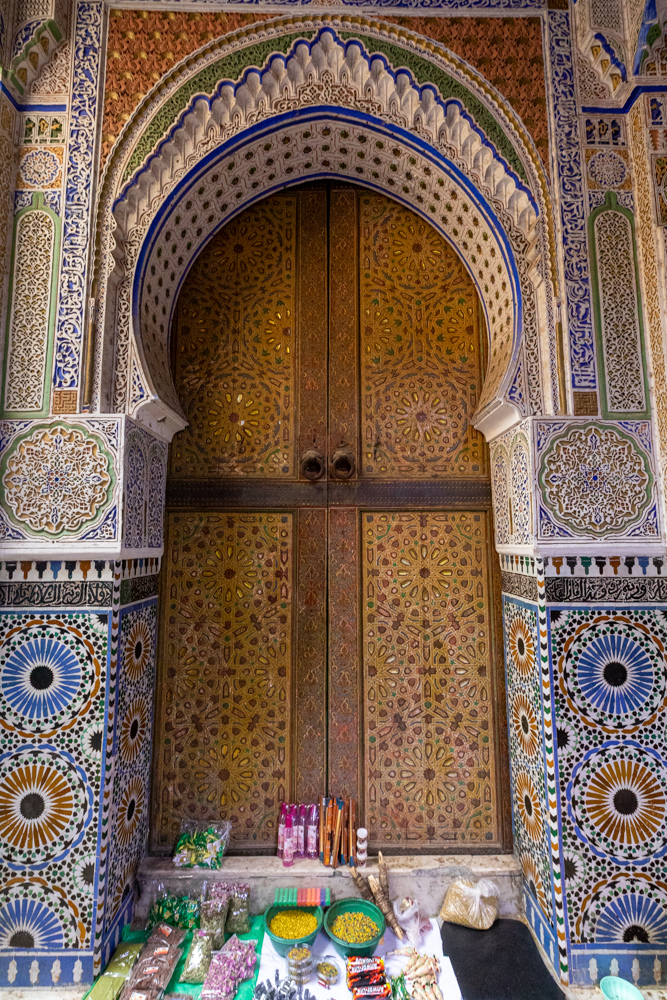
This is the lesser doorway to the Zawiya in its southeastern corner, surrounded by painted wood, carved stucco, and hand cut mosaic.

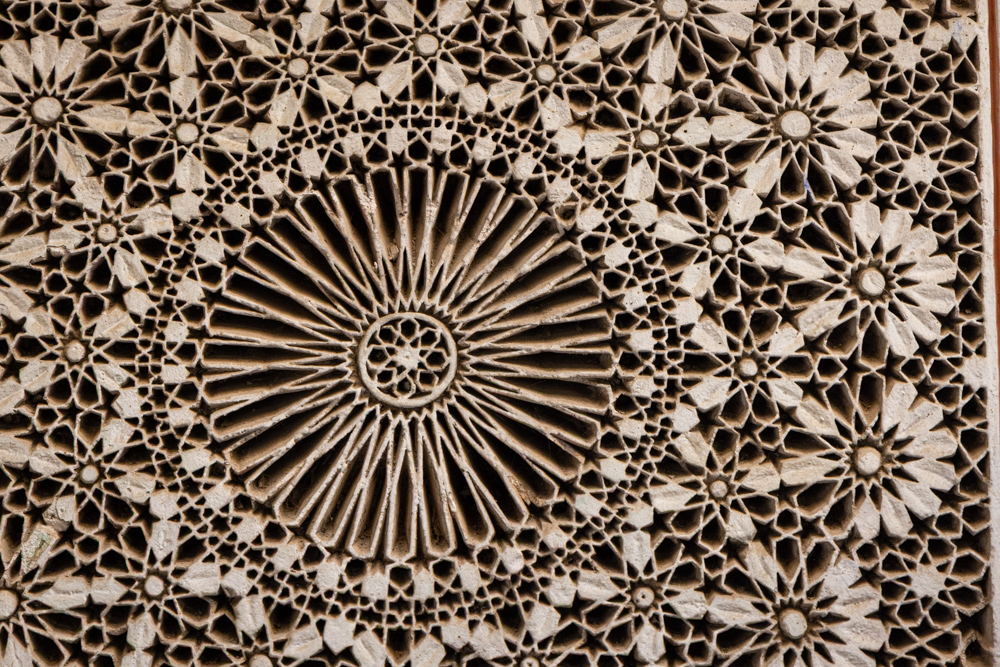
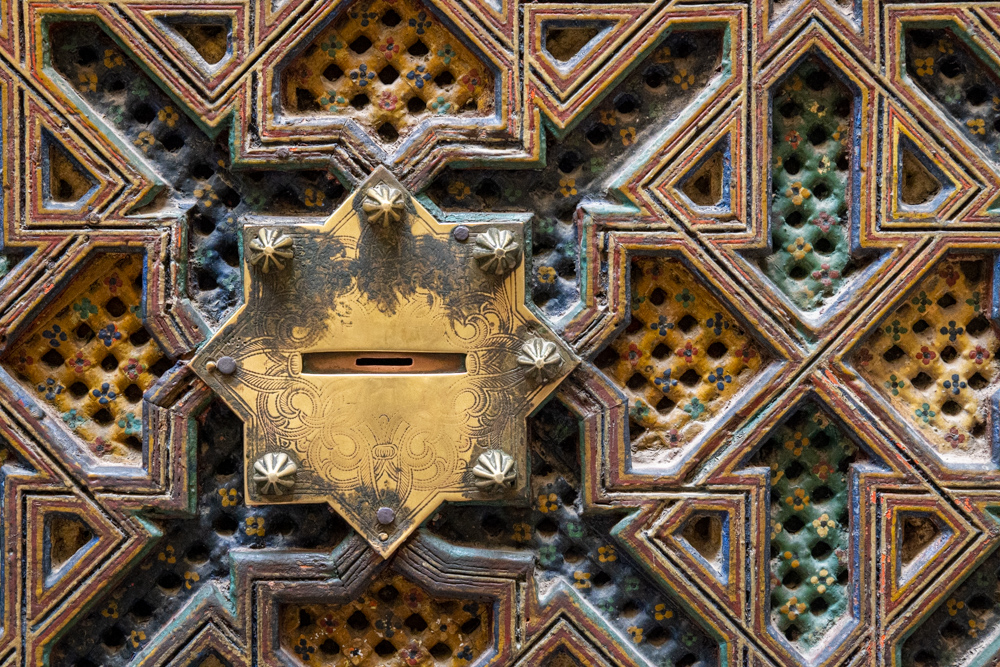




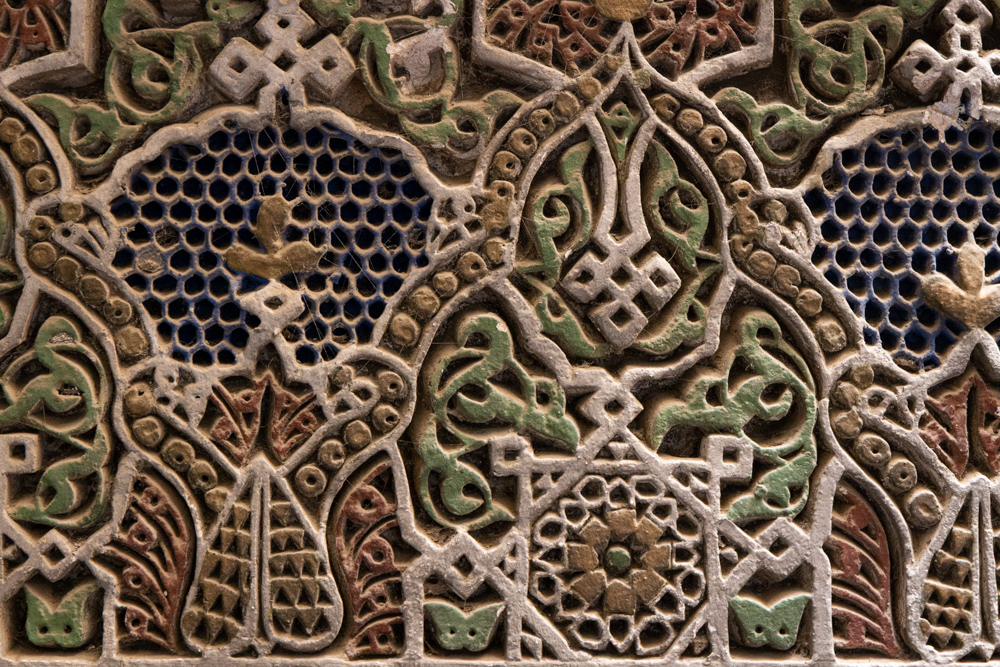
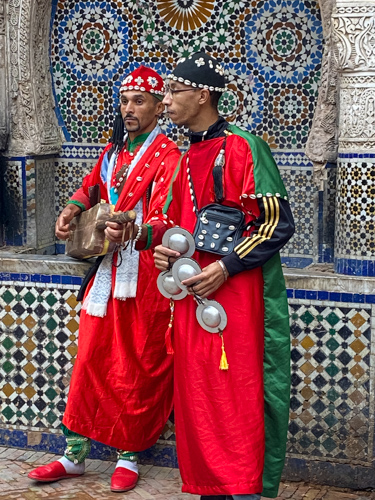
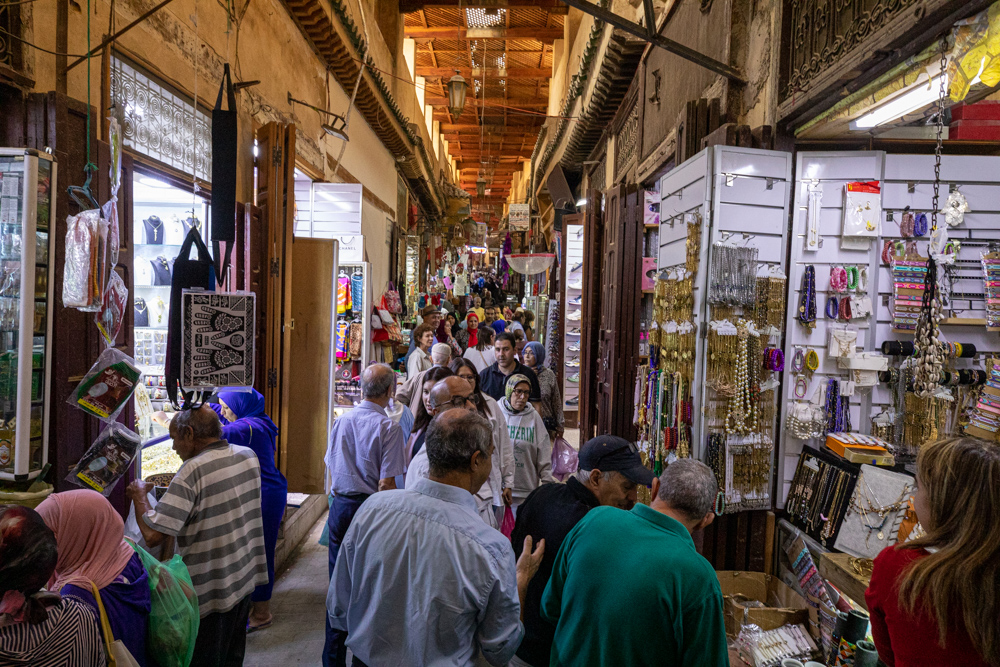
Virginia Ann is in the picture - can you spot her?
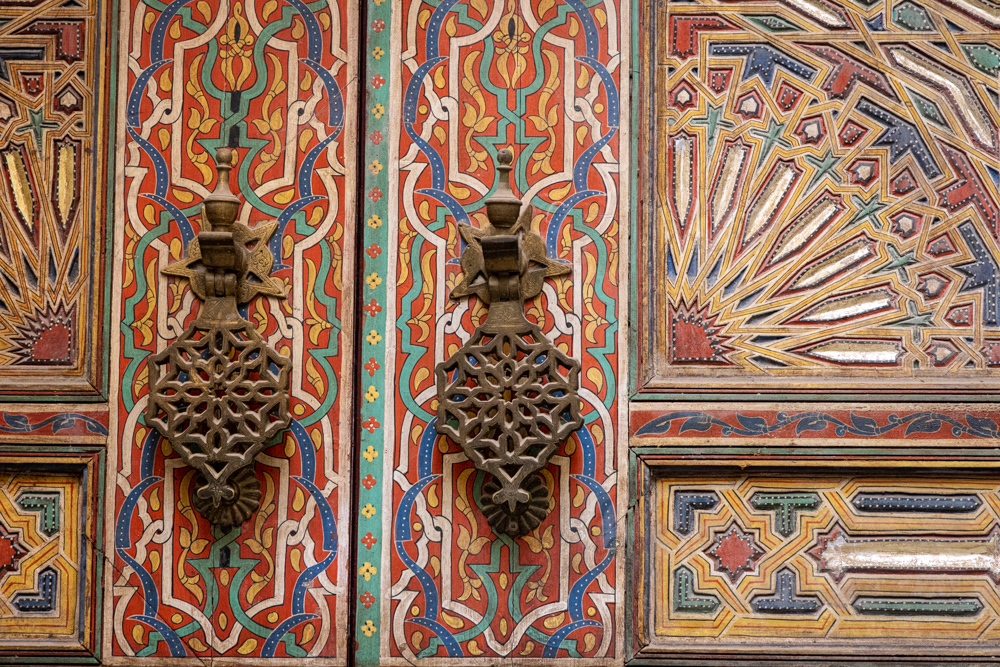
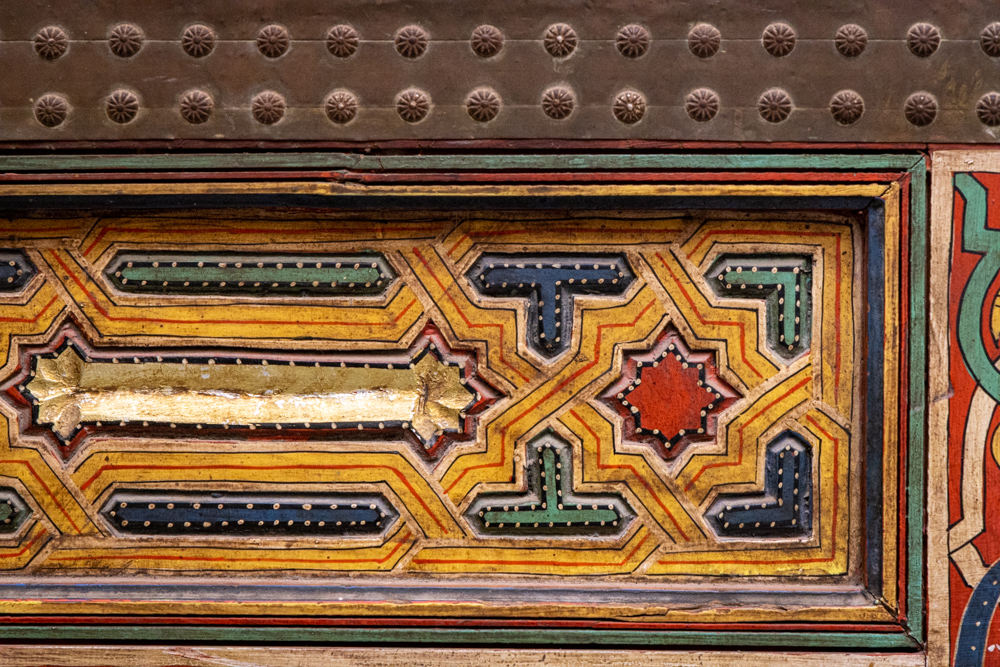

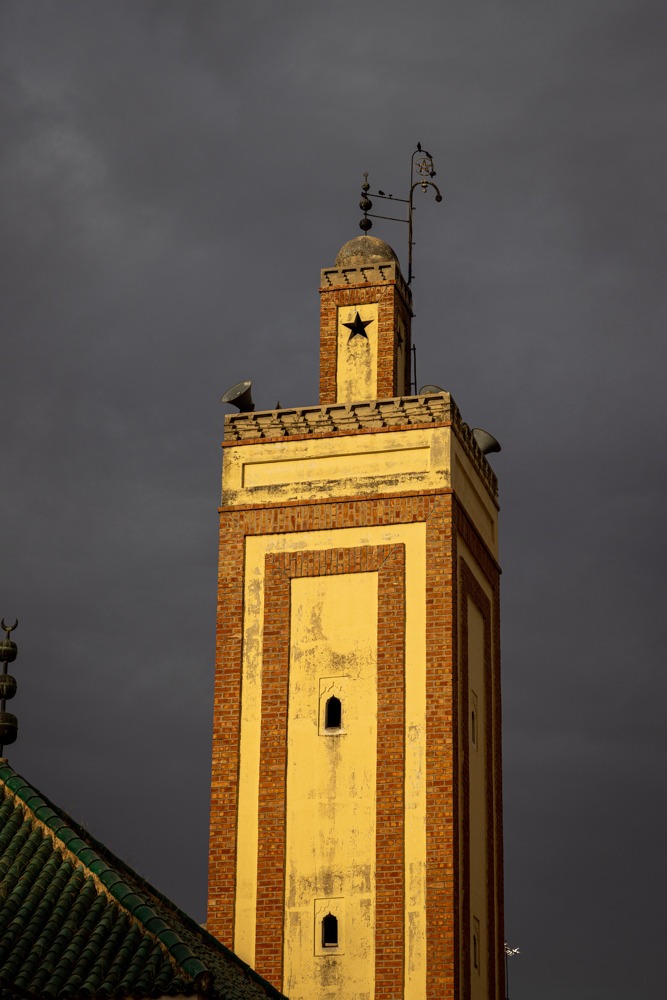
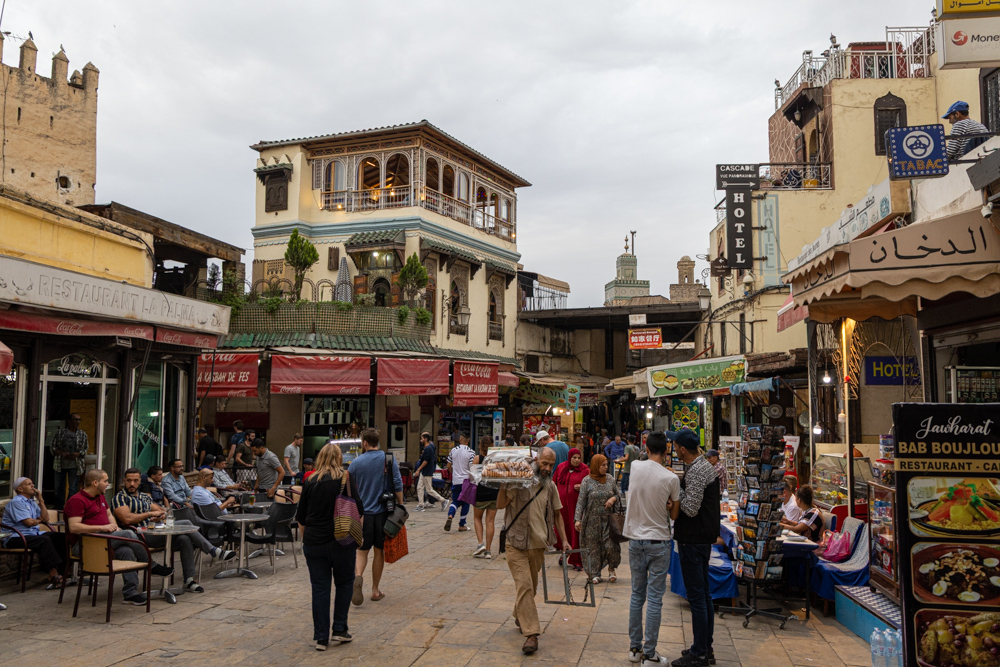
We started with harira - a spiced vegetable bean soup - very good. In this market we had fresh squeezed pomegranate juice.
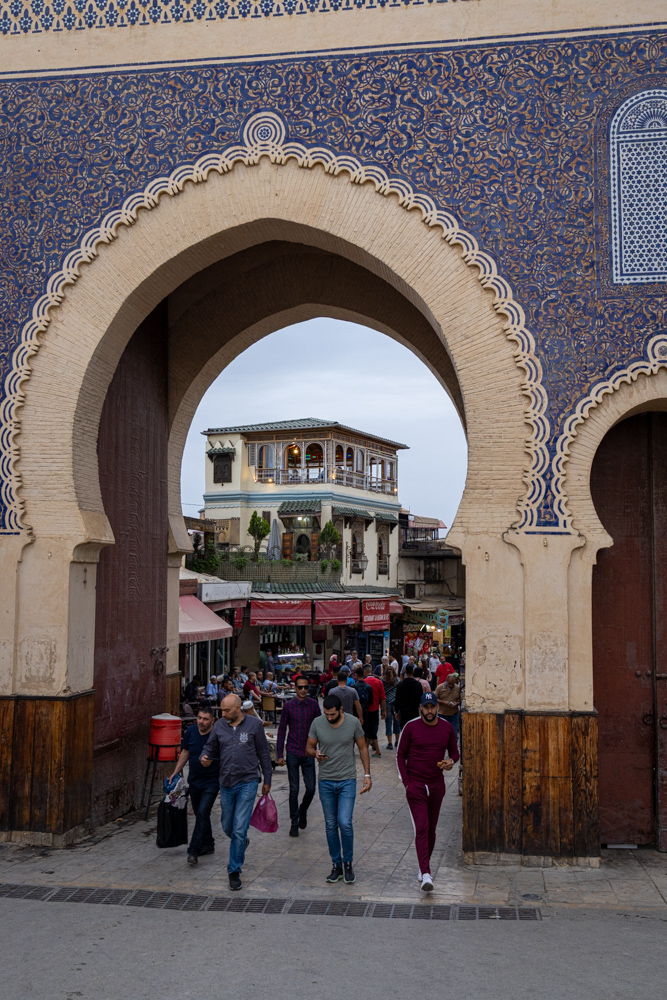
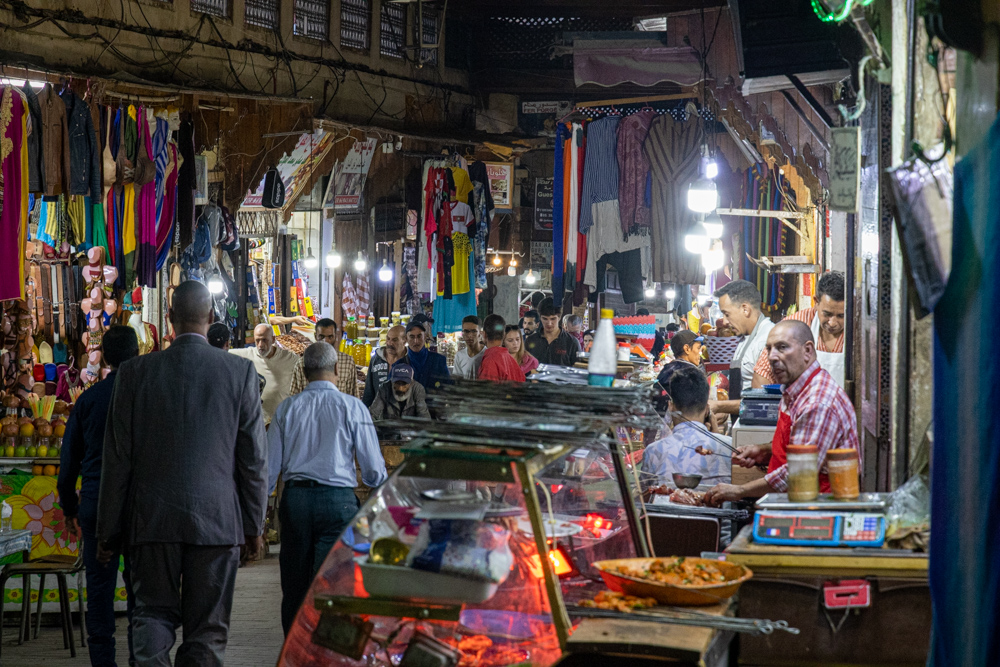
We dined on lamb, beef, and camel. Lamb was so tender, the beef tasty but the big surprise was how good the camel tasted. It was a camel meat ground into a sausage patty mixed with herbs and spices - even Virginia Ann liked.
